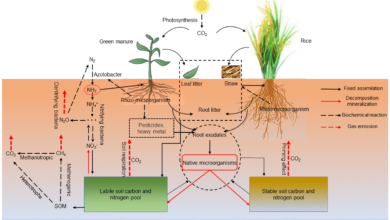What Steps Can Be Taken to Control Soil Erosion in the Hilly Areas: Effective Strategies Revealed
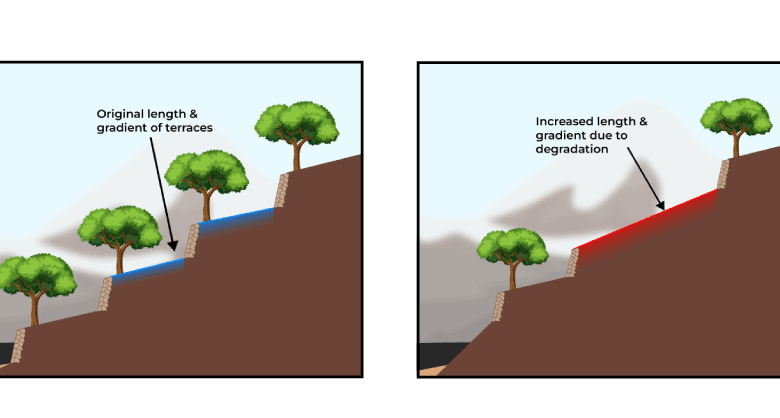
To control soil erosion in hilly areas, steps can be taken such as contour plowing, terracing, establishing vegetative cover, and implementing erosion control structures. Hilly areas are prone to soil erosion due to the steep slopes and heavy rainfall.
Soil erosion not only leads to the loss of valuable soil but also causes environmental degradation. Therefore, it is crucial to implement effective measures to control soil erosion in these areas. Contour plowing involves plowing along the contour lines to minimize water flow downhill, reducing erosion.
Terracing creates flat areas on slopes and helps to slow down water runoff, allowing it to infiltrate into the ground. Establishing vegetative cover, such as trees, grass, or crops, helps to stabilize the soil, preventing erosion. Additionally, erosion control structures like bunds, check dams, and retaining walls can be built to redirect and slow down water flow. Implementing these measures will contribute to the conservation of soil and the prevention of soil erosion in hilly areas.
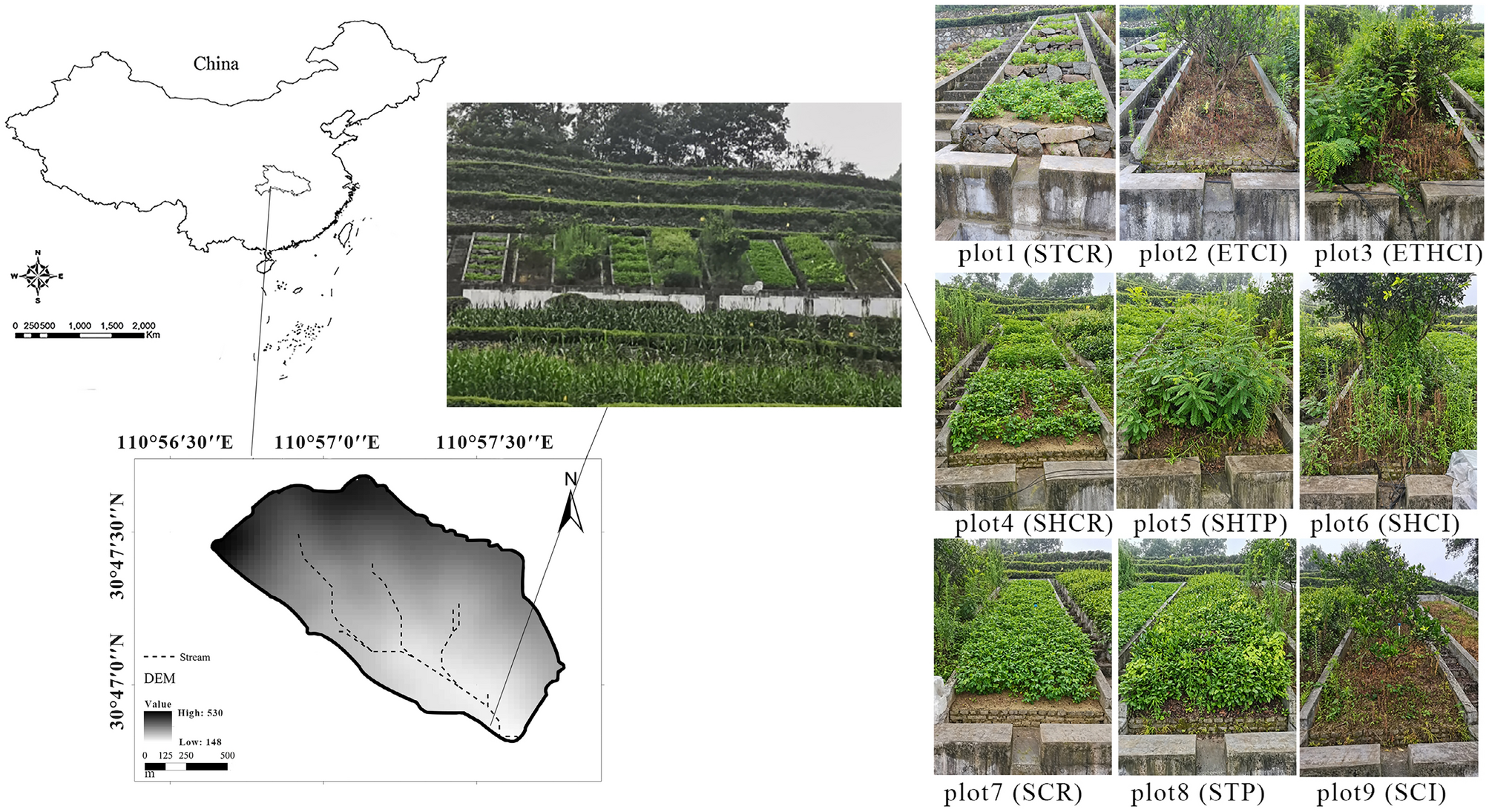
Credit: www.nature.com
Identifying Causes Of Soil Erosion In Hilly Areas
Soil erosion in hilly areas is a significant environmental issue affecting the stability of landscapes. Identifying the causes of erosion in these regions is crucial in implementing effective control measures. By understanding the natural factors and human activities contributing to soil erosion, steps can be taken to address these challenges and preserve the integrity of hilly terrains.
Natural Factors Contributing To Erosion
The geological composition and steep slopes of hilly areas naturally contribute to soil erosion. The intense rainfall in these regions exacerbates the erosion process by washing away the topsoil, leaving bare, vulnerable surfaces. The lack of vegetation and root systems in these areas further amplifies the impact of natural elements on soil erosion, rendering hilly terrains highly susceptible to environmental degradation.
Human Activities Impacting Erosion
Human activities such as deforestation, improper land use practices, and construction activities significantly impact soil erosion in hilly areas. Deforestation diminishes the protective cover provided by trees, leading to increased runoff and soil instability. Improper land use practices, including overgrazing and improper cultivation techniques, further exacerbate erosion.
Besides, construction activities disrupt the natural topography, leading to the degradation of topsoil and increased erosion rates.
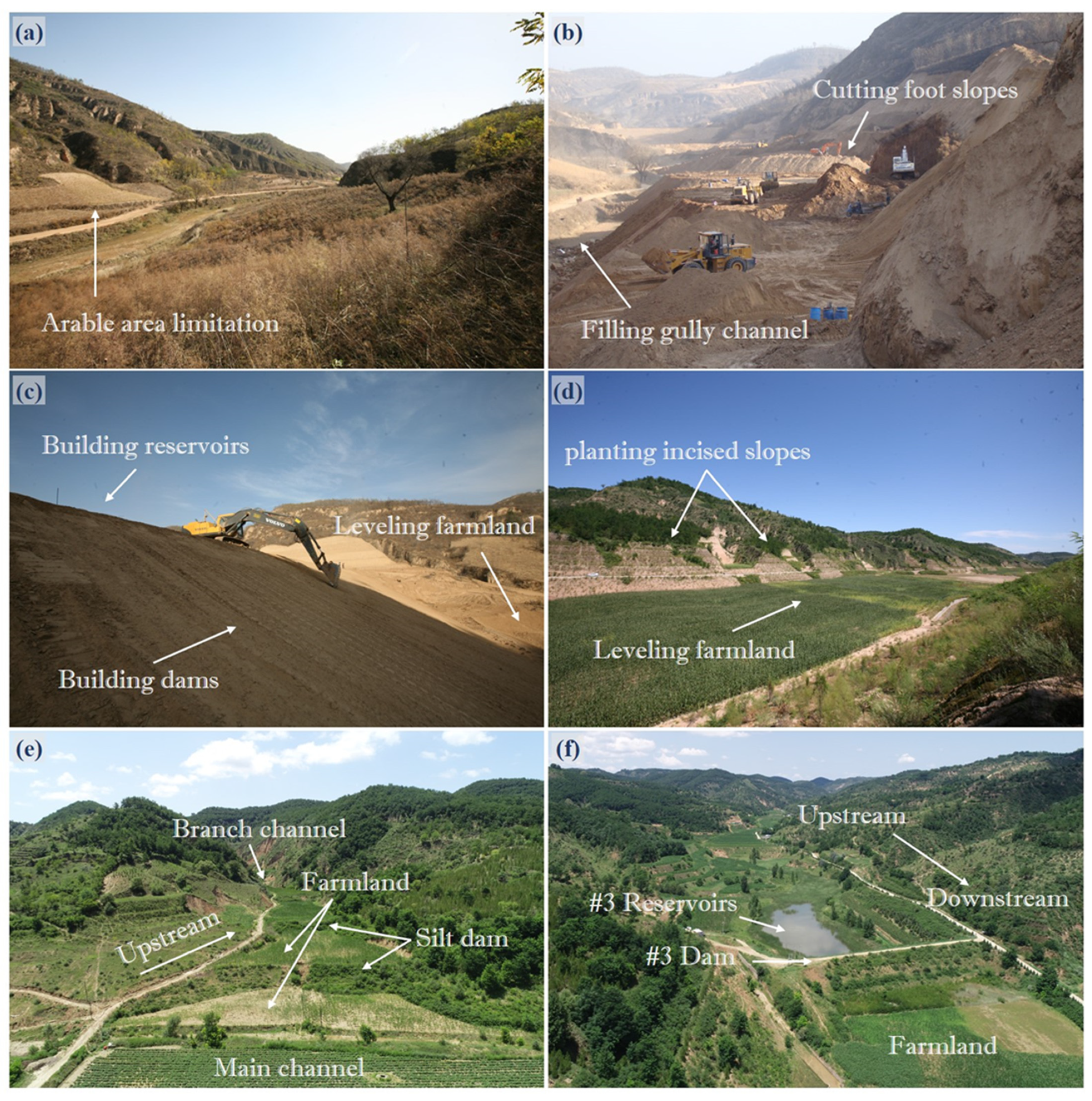
Credit: www.mdpi.com
Implementing Preventive Measures
Implementing preventive measures is crucial in controlling soil erosion in hilly areas. By taking proactive steps to prevent erosion, we can protect the fertile topsoil and preserve the natural landscape. Two effective preventive measures that can be implemented are terracing and contour plowing, as well as afforestation and reforestation.
Terracing And Contour Plowing
Terracing and contour plowing are methods that involve altering the physical structure of the land to slow down water flow and prevent erosion. Terracing involves creating steps or platforms on sloping hillsides, while contour plowing follows the natural contours of the land to create ridges and furrows.
Benefits of terracing and contour plowing:
- Reduces the speed of water flow down the slopes, preventing erosion.
- Allows water to infiltrate the soil more effectively.
- Creates better conditions for plant growth.
Afforestation And Reforestation
Afforestation and reforestation involve planting trees and vegetation on hilly areas to stabilize the soil and prevent erosion. Tree roots anchor the soil, preventing it from being washed away by rainwater or blown away by the wind.
| Benefits of afforestation and reforestation: |
| 1. Increases the stability of the soil, preventing erosion. |
| 2. Reduces the impact of heavy rainfall by intercepting and absorbing water. |
| 3. Provides habitat for wildlife and supports biodiversity. |
In conclusion, implementing preventive measures such as terracing and contour plowing, as well as afforestation and reforestation, can significantly control soil erosion in hilly areas. These methods help preserve the fertility of the soil, protect the landscape, and promote sustainable agricultural practices.
Utilizing Erosion-control Structures
To control soil erosion in hilly areas, implementing erosion-control structures is crucial. These structures include terracing, retaining walls, and check dams, providing effective measures to prevent soil degradation and land erosion. Proper maintenance and strategic placement of these structures help safeguard the landscape and preserve soil integrity.
Soil erosion is a major concern in hilly areas due to the steep slopes. However, there are effective measures that can be undertaken to control soil erosion and preserve the integrity of the land. One such method is the utilization of erosion-control structures. These structures play a crucial role in preventing erosion by stabilizing the soil and redirecting the flow of water. Here are some key erosion-control structures that can be employed in hilly areas:
1. Construction Of Retaining Walls
Retaining walls are an essential component of erosion control in hilly areas. These sturdy structures are typically made of concrete or stone and are designed to hold back the soil on the slopes. By creating a terrace-like effect, retaining walls help to prevent soil erosion by reducing the pressure of water runoff.
The walls act as barriers, preventing the downhill movement of soil, thus preserving the stability of the land. To serve their purpose effectively, retaining walls should be constructed with proper engineering techniques and materials that can withstand the force of gravity and water flow.
The height and spacing of the retaining walls should be carefully determined based on the slope gradient and soil type. It is crucial to consult with experts and adhere to building regulations to ensure the walls are structurally sound and durable.
2. Installation Of Silt Fences
Silt fences are another valuable erosion-control structure that can be used to mitigate soil erosion in hilly areas. These fences are typically made of geotextile fabric, which allows water to pass through while trapping sediment and debris. When installed strategically along the contour of the land, silt fences help to slow down the flow of water, allowing sediment to settle and preventing it from being carried away. The installation of silt fences is a relatively straightforward process.
The fabric is stretched between fence posts and buried partially in the ground to create a barrier that intercepts sediment-laden runoff. It is important to ensure that the silt fences are properly maintained, as they can become clogged with sediment over time. Regular inspection and cleaning are necessary to ensure their effectiveness in controlling erosion.
Utilizing erosion-control structures like retaining walls and silt fences in hilly areas can significantly mitigate soil erosion and preserve the integrity of the land. These structures not only stabilize the soil but also redirect water flow, preventing the loss of topsoil and the formation of gullies. By implementing these measures, we can ensure the sustainable use of hilly areas while safeguarding the environment for future generations.
Emphasizing Sustainable Agricultural Practices
Promoting No-till Farming
No-till farming reduces soil erosion by minimizing soil disturbance, maintaining crop residues, and promoting water infiltration. This method preserves soil structure and organic matter, enhancing soil moisture retention and reducing the risk of erosion.
Encouraging Crop Rotation
Crop rotation aids in the prevention of soil erosion by diversifying the planting patterns, which helps maintain soil fertility and structure. By rotating different crops, the soil is less susceptible to erosion as the root systems and nutrient requirements of each crop vary, helping to maintain healthy soil.
Community Involvement And Awareness
Community involvement and awareness play crucial roles in controlling soil erosion in hilly areas. By educating and engaging local residents, we can enhance efforts to preserve the natural landscape and prevent erosion.
Educational Programs On Soil Conservation
Educational programs raise awareness about soil conservation techniques like terrace farming and afforestation. These initiatives empower communities with the knowledge to protect their environment effectively.
Engagement Of Local Residents In Conservation Efforts
Engaging local residents in conservation efforts fosters a sense of ownership and responsibility towards preserving the soil in hilly areas. By actively involving the community, we ensure sustainable conservation practices.
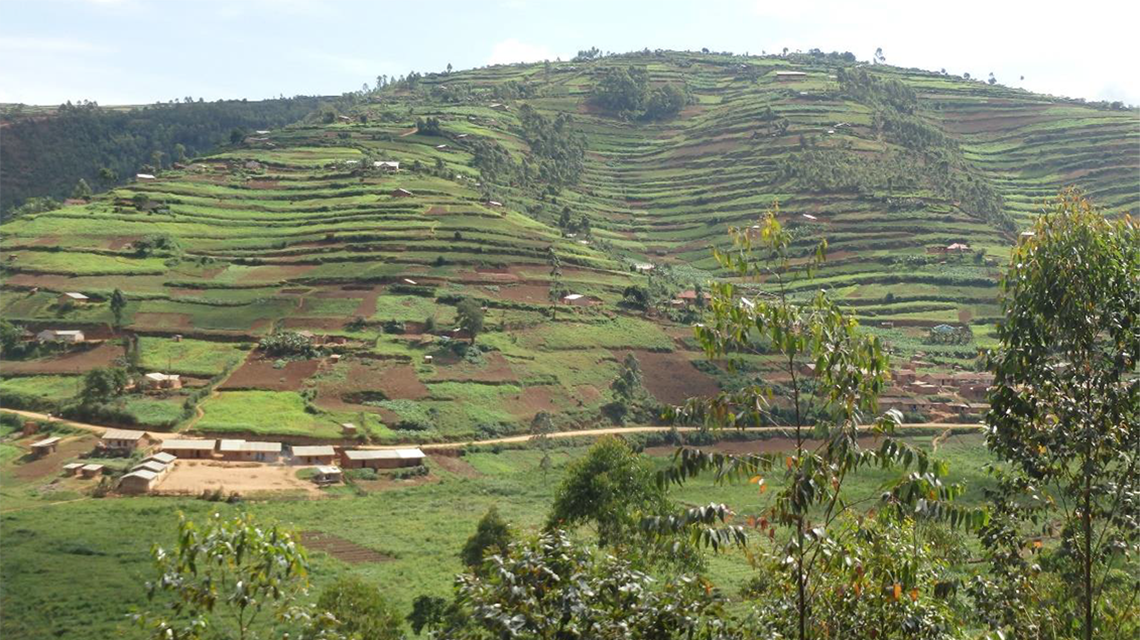
Credit: www.iaea.org
Conclusion
In hilly areas, controlling soil erosion is crucial for sustainable land use. Implementing terracing, reforestation, and using erosion control structures are practical solutions. By adopting these measures, communities can mitigate the adverse effects of erosion and promote long-term environmental stability.
Taking proactive steps to address soil erosion is essential for future generations and the health of the planet.

